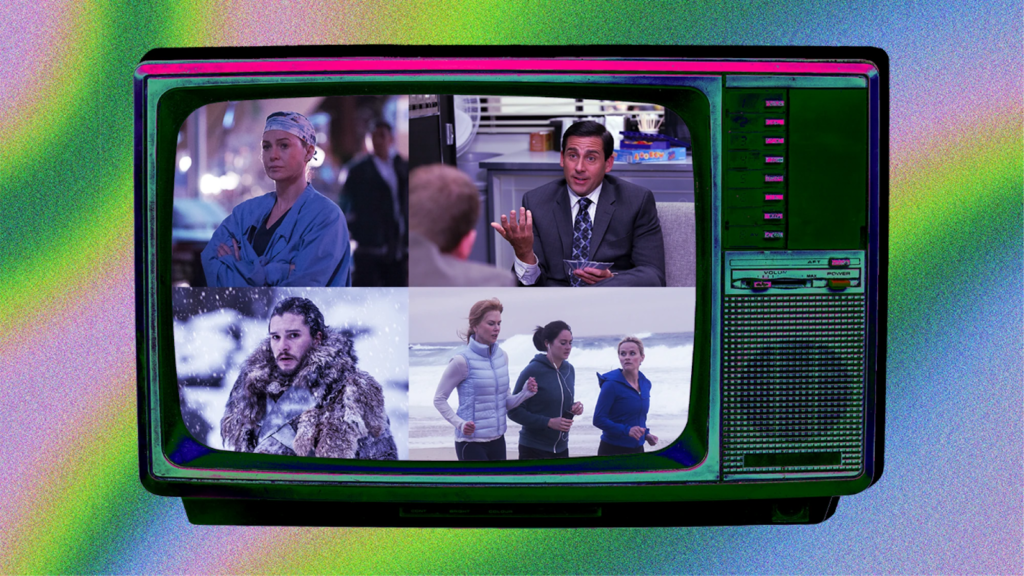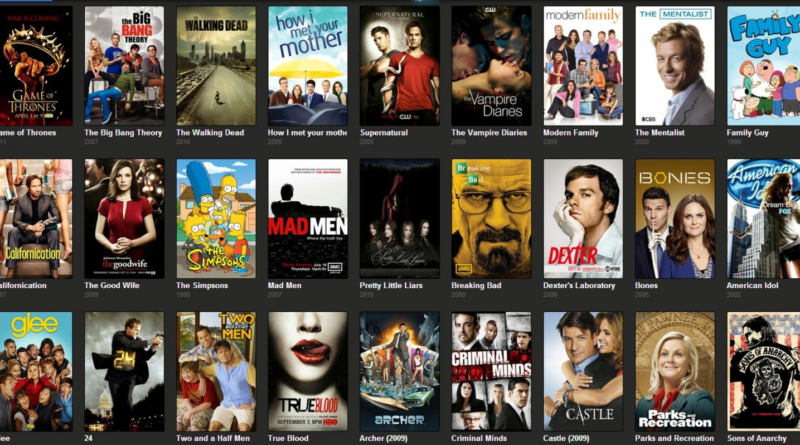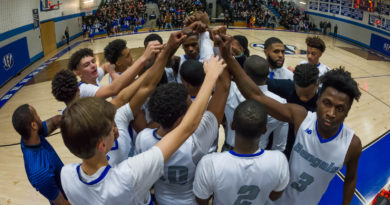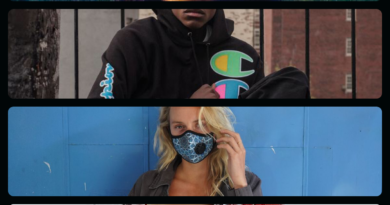Diversity: A Hidden Gem in American Television
In the 1930s, the world came out with television entirely in black and white. Today, television has become several whites, one black person, and maybe one Asian person. It’s more and more prominent throughout the years that our tv screens are not realistic to the diversity we see in the world.
From shows like Jane the Virgin and Narcos to movies like Crazy Rich Asians and Black Panther, Hollywood has improved on broadcasting diversity, but there’s definitely more that could be done. It’s not just your Netflix homepage that proves it, but UCLA’s 2019 Hollywood Diversity Report highlights that other than broadcasts, Hollywood still makes films and television shows with a cast of less than 11 percent of minorities. This is a sad statistic considering people of color make up nearly 40 percent (a number that is consistently growing) of the U.S. population. White people are still overrepresented, claiming 77 percent of motion picture roles when they are 60.4 percent of the population. Our country’s population does not match our television population.
Even in a world of new channels, producers still have a hard time understanding that there is no such thing as too much diversity. According to Data USA, the most common ethnicity for news analysts, reporters, and correspondents are white: a good example of taking something important as news and whitewashing it.
Diverse representation is essential on our screens, especially for younger audiences. How many children have watched their favorite shows only to realize there is no character that looks or sounds like them? Low self-esteem is linked to the low representation of minority groups, as well as negative portrayals of their community. The misinterpretations of ethnic groups in our favorite shows blind our children into believing too much into stereotypical accents and roles. Based on an experiment from The Conversation, when children were shown different cartoon characters and asked if they were “good” or “bad,” they heavily relied on stereotypes, explaining the thought that a character looks like a “princess” or “someone who goes to jail” because of their race. Not only is lack of diversity affecting how colored children are feeling about themselves, but how other children feel towards colored kids as well.
There are various methods that tv shows and films utilize to make it look like they embrace diversity. Tokenism, for example, is a big problem that Hollywood hasn’t come to terms with. Tokenism cherry-picks a group of minorities to put into a cast to look more well-represented, but it is only a poor attempt of its manipulating viewers into thinking a piece of production is diverse. There are no loopholes when it comes to equal representation, and there is a great difference between tokenism and diversity.

The film industry has even thought of so many other ideas on how to restrict minorities from playing a simple role as any other white actor would do. Producers fall back on giving people of color shorter screen time and less dramatic, interesting scenes compared to their white co-stars. This happens so much that there’s an actual word for it, called hyper-tokenism. It’s too frequent that an African American actor gets a role that completely dismisses obvious elements of their race. It’s even more common that people of color are cast a stereotypical role. Hollywood also tends to create movies centered around the oppression of colored people but places the movie from the perspective of a white person. Minorities are made to play an extra, the main character’s best friend, or just overall not given a story of their own. They are stuck with fewer lines and smaller scripts compared to their white co-stars. When our media is as white as it is, our society is as indifferent as it is. Although our media is slowly gaining color in some areas of our screens, from the tiny bit of diverse representations to offensive stereotypes, Hollywood still has its many flaws it needs to improve upon. And who knows? Maybe we will go as far as incorporating body shape, disability, and economic diversity someday too. All we know is that minorities deserve to feel like the majority.





NO YOU
go off sis